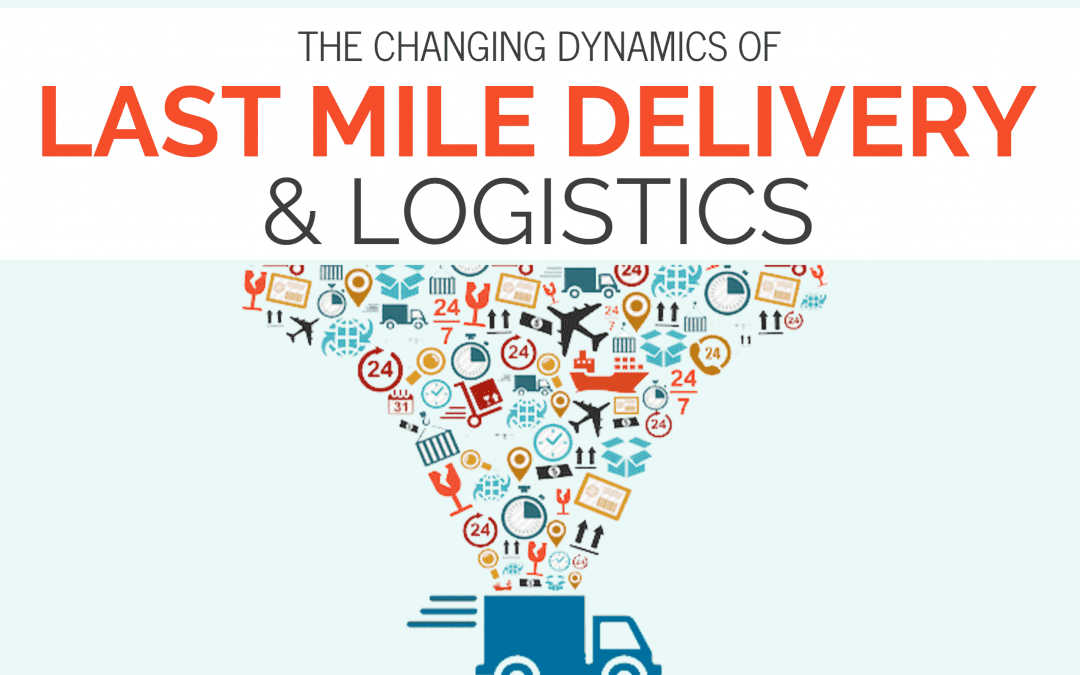Despite the economic downturn, the U.S. automotive supply chain has seen significant growth. Sales volume increased from 10 million to 15.6 million units between 2009 and 2013. These unit increases can be associated not only to improvements in economy, but solid efforts to implement industry best practices to solve supply chain challenges. Some of the top challenges faced by the automotive supply chain include inability to adapt to fluctuations in demand due to capacity constraints, financial constraints due to lack of liquidity, supply chain complexity increases with the globalization of the supply chain, qualified labor shortages and lack of information visibility with legacy technologies. Outdated supplier technology is present most often in tier 2 suppliers such as metal stampers and die casters. Lack of production management systems causes significant delays for OEMs and downstream supply chain partners.
According to the Global Supply Chain Survey 2013 automotive industry leaders plan to focus on both continuous improvement efforts relating to production efficiency and inventory management. Focusing on improving these areas can help to reduce costs and increase supplier collaboration. The top four areas of focus identified in this study were cost minimization, delivery performance, volume flexibility and complexity management. This is where industry best practices come into play. To address these issues automotive supply chain operators are implementing EDI/ASN to more effectively manage inbound shipment schedules and facility staffing. The information gleaned from this change allows these businesses to be proactive rather than reactive. Supply chain managers are also implementing documentation management protocols in order to comply with regulations and improve recall execution. In response to omni-channel retailing the automotive supply chain is also now aggregating orders into once centralized location such as a warehouse management system (WMS). This provides fulfillment centers with a more holistic view of inventory data. With this more accurate view of data, supply chain operations can also reduce on-hand inventory and focus on a just-in-time (JIT) replenishment strategy. This helps to reduce costs creating savings that can be passed on to customers. Transportation routing and other analytics are also being used to make data more accessible to all key supply chain players, including customers. To access more valuable automotive supply chain resources contact Datex experts today at www.datexcorp.com or marketing@datexcorp.com or call 800.933.2839 ext 243.



